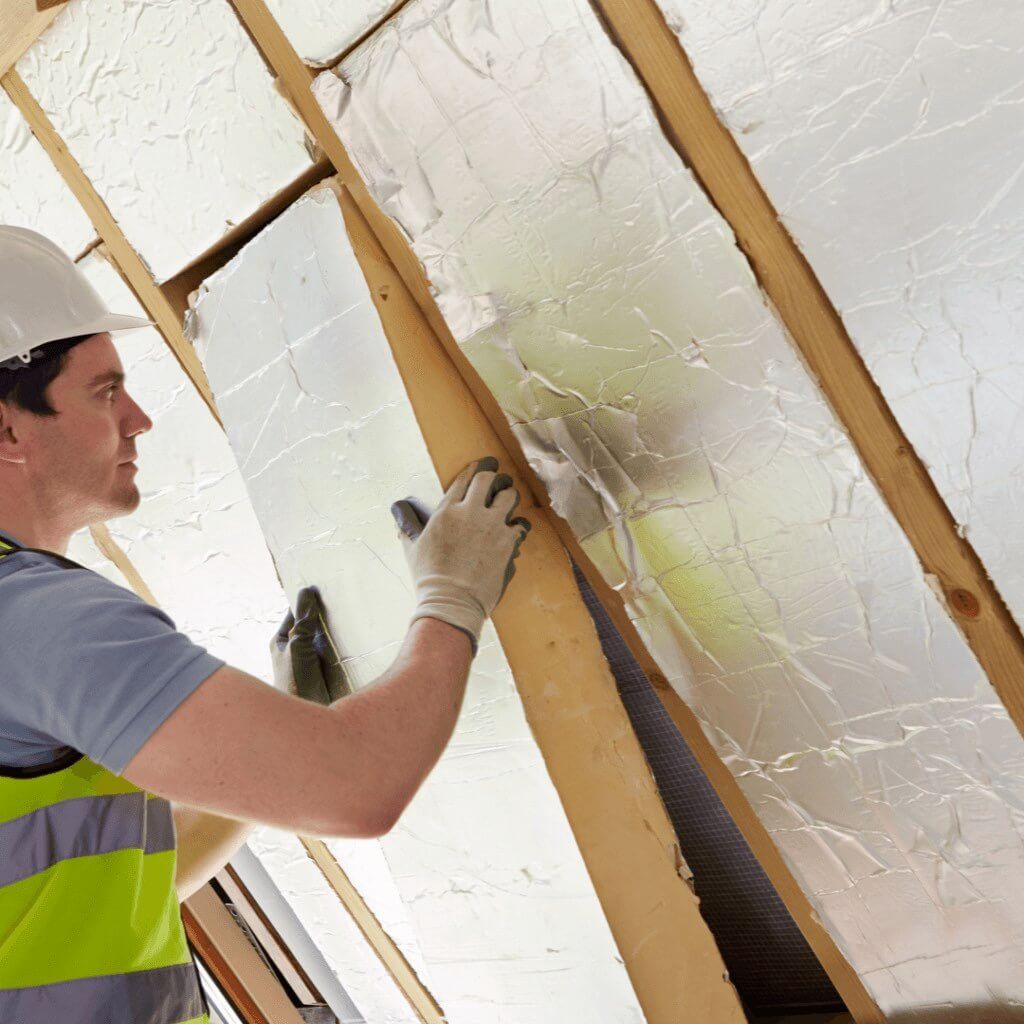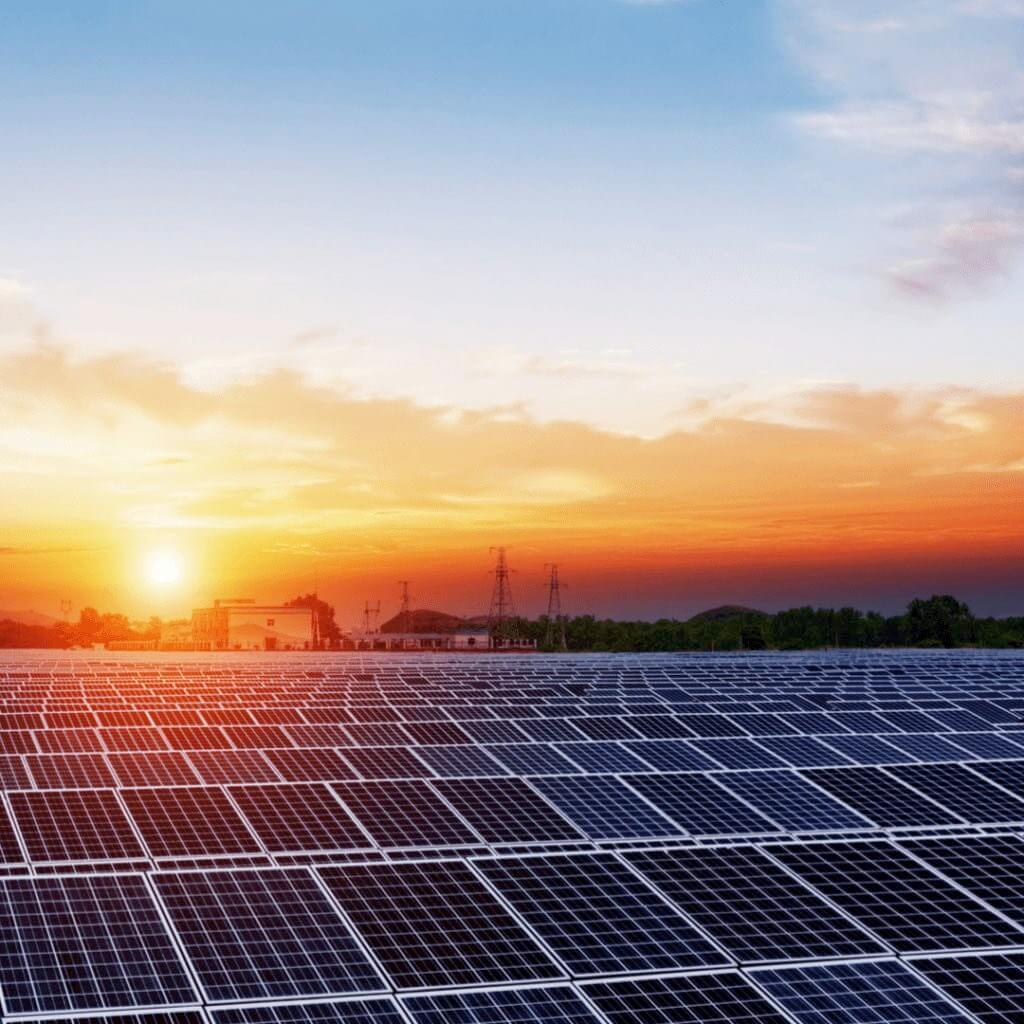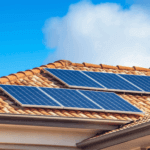
9 ways to make your home energy efficient
Reducing energy use through good design is one approach to lowering greenhouse gases. Have you ever wondered how using the Sun to power your home can help reduce your electricity bills and your carbon footprint? Find out more, through these 9 ways in which you can make your home energy efficient.
1. Invest in Insulation
The best way to keep your home at a comfortable temperature is to invest in highly insulated, tight building fabric for your ceiling, floors and walls. This will help to reduce your energy bills all year round, and help keep you warm in winter and cool in summer. Insulation creates an important barrier between the outside and inside of your house. Plus it helps reduce energy expenditure.
Read more.
2. Add solar panels
Solar technology captures energy from sunlight and transforms it into electricity at your power plug. Rooftop solar panels don’t produce any carbon emissions and are environmentally sound. Plus, as a provider of your own electricity from a renewable source, you can reduce your household’s dependence on fossil fuels and energy providers.
Read more.
3. Recycled Timber for Sustainable Living
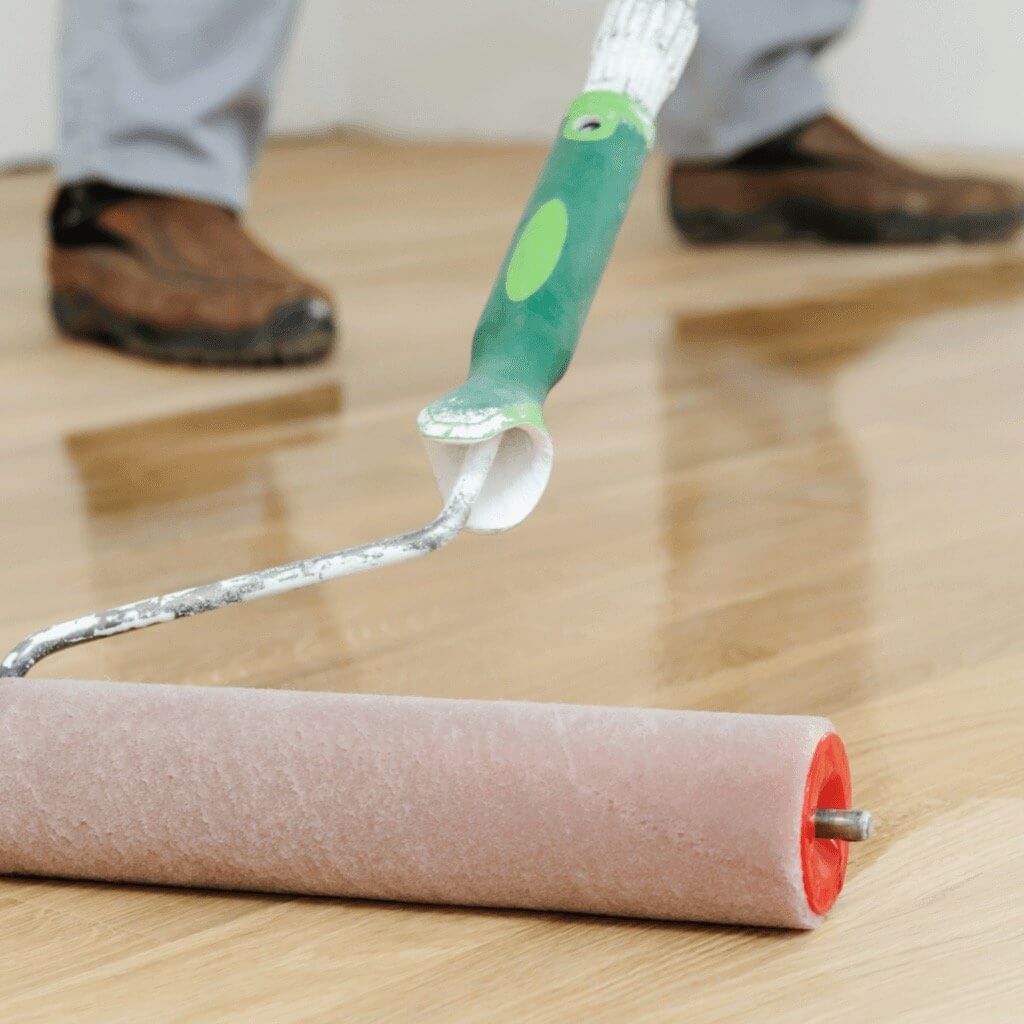
Timber is a popular choice for windows and flooring, as it is a renewable and recyclable resource. Furthermore, timber is energy-efficient to produce as it acts as a carbon store, giving it an important role to play in reducing carbon emissions. Hence, it is a building material that can deliver the designer both environmental and performance benefits.
Read more.
4. Choose light exterior colours for an energy-efficient home.
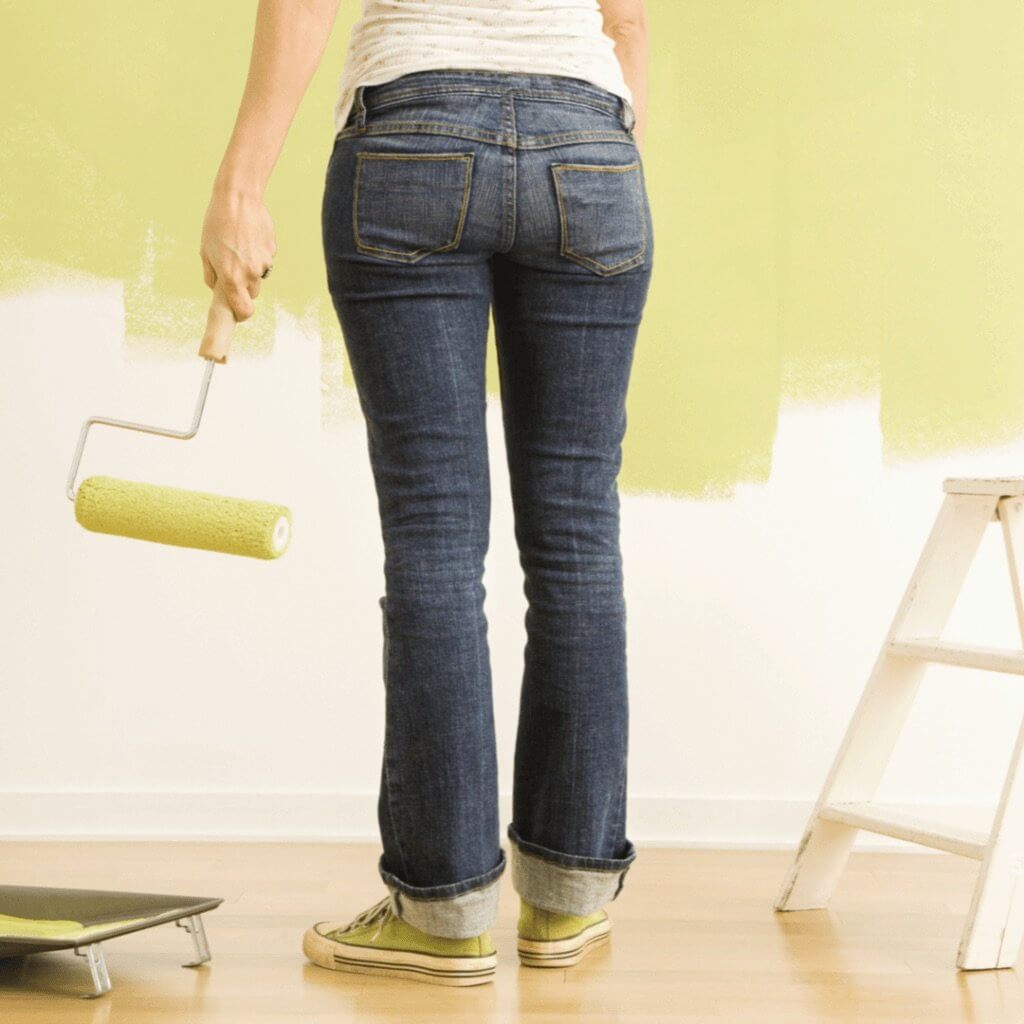
The colour of paint used in your home can have an impact on the indoor comfort and heat levels in a room. Hence, by using light-coloured paints inside your home, it can improve the levels of light in your house. This way, they can reflect heat and help keep your home cool in summer. Therefore, the best colours to use for exterior walls are white, light grey, beige or other light-coloured neutrals. Plus, neutral shades give universal appeal and are the preferred choice for numerous homes as it complements many different roof colours and doesn’t date.
Read more.
5. Windows and Doors
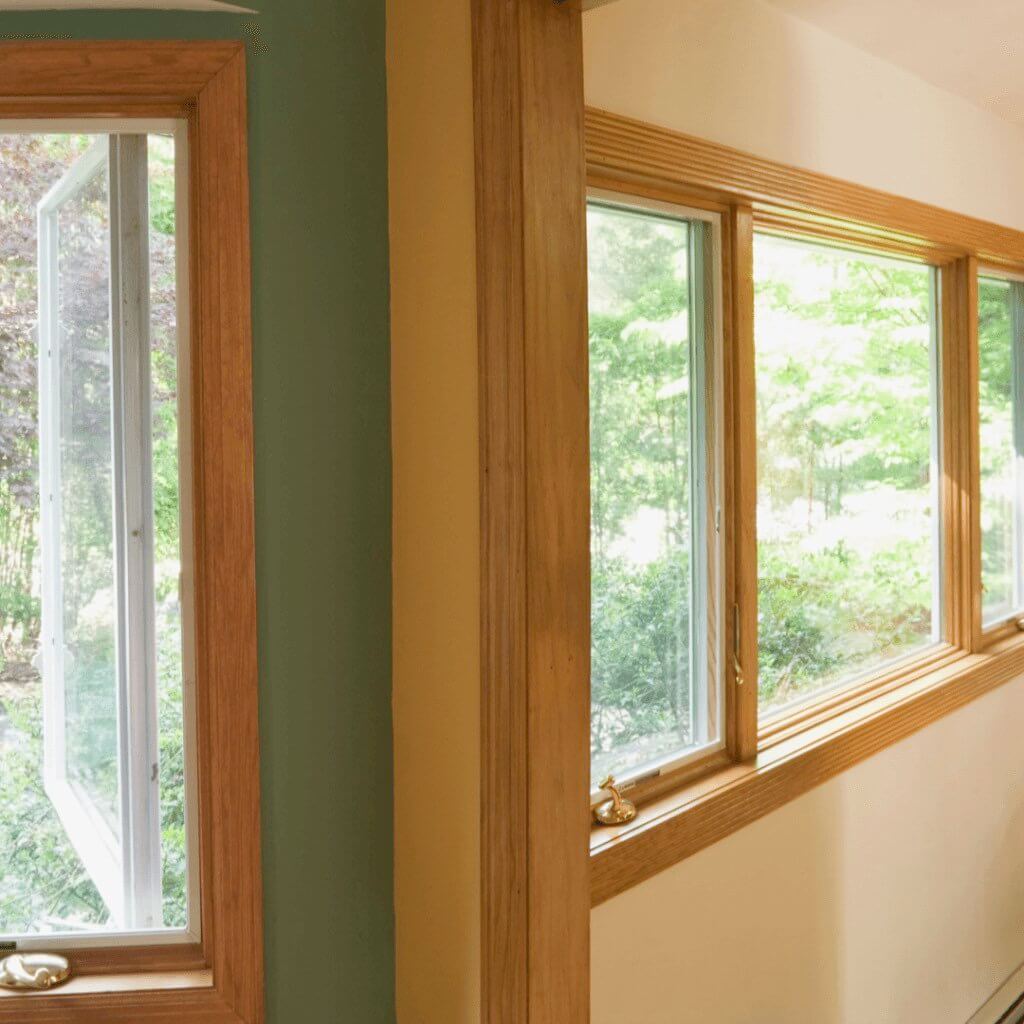
Windows can be the cause of up to half a loss of cooling or heating energy. This can be reduced if energy-efficient windows are installed. Double glazed windows may be the best solution for your home, particularly if you plan on having larger window panes. Moreover, ensure that your windows are close to being airtight. You can also try putting up curtains, blinds. You can also, try putting up curtains, blinds, awnings, and shutters to reduce your energy use.
Read more.
6. Buy Energy Star Products
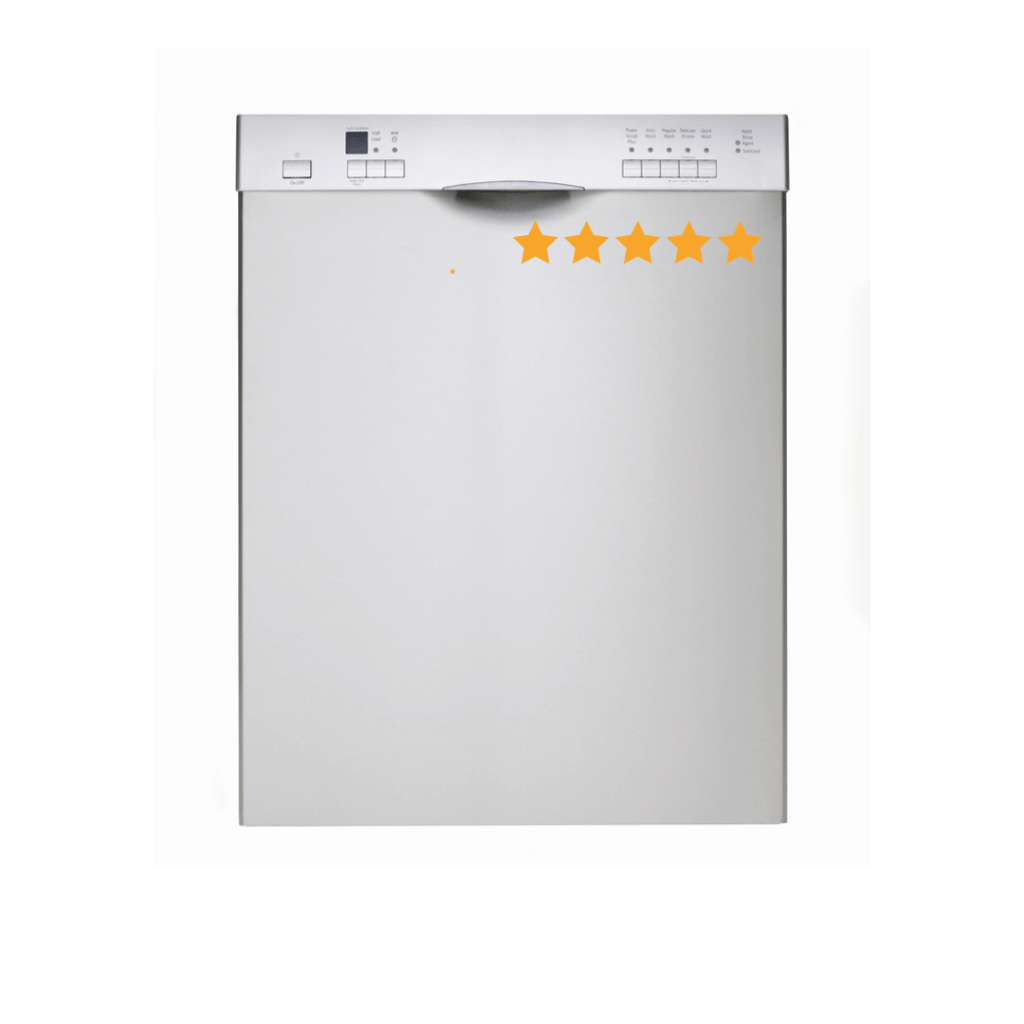
Energy Star products, such as refrigerators, televisions, stoves, washers and air conditioners, meet energy-efficient specifications to help save you money. Energy Star-qualified appliances use 10-50% less energy than standard appliances and help reduce emissions of greenhouse gases. If you plan to replace an appliance soon, consider getting an Energy Star-certified product.
Read more.
7. Orientation

Good orientation can increase the energy efficiency of your home, making it more comfortable to live in and cheaper to run. For example, choose a house layout that brings sunlight into living spaces. Poor orientation and lack of appropriate shading can exclude winter sun and cause overheating in summer.
Read more.
8. LED and compact fluorescent lighting

LED’s are far more energy-efficient than incandescent or fluorescent lights, which emit light in a much wider band of wavelengths. Plus, LEDs also last longer — an estimated 23 years — so switching over will save you a lot of money over time.
Read more.
9. Home automation
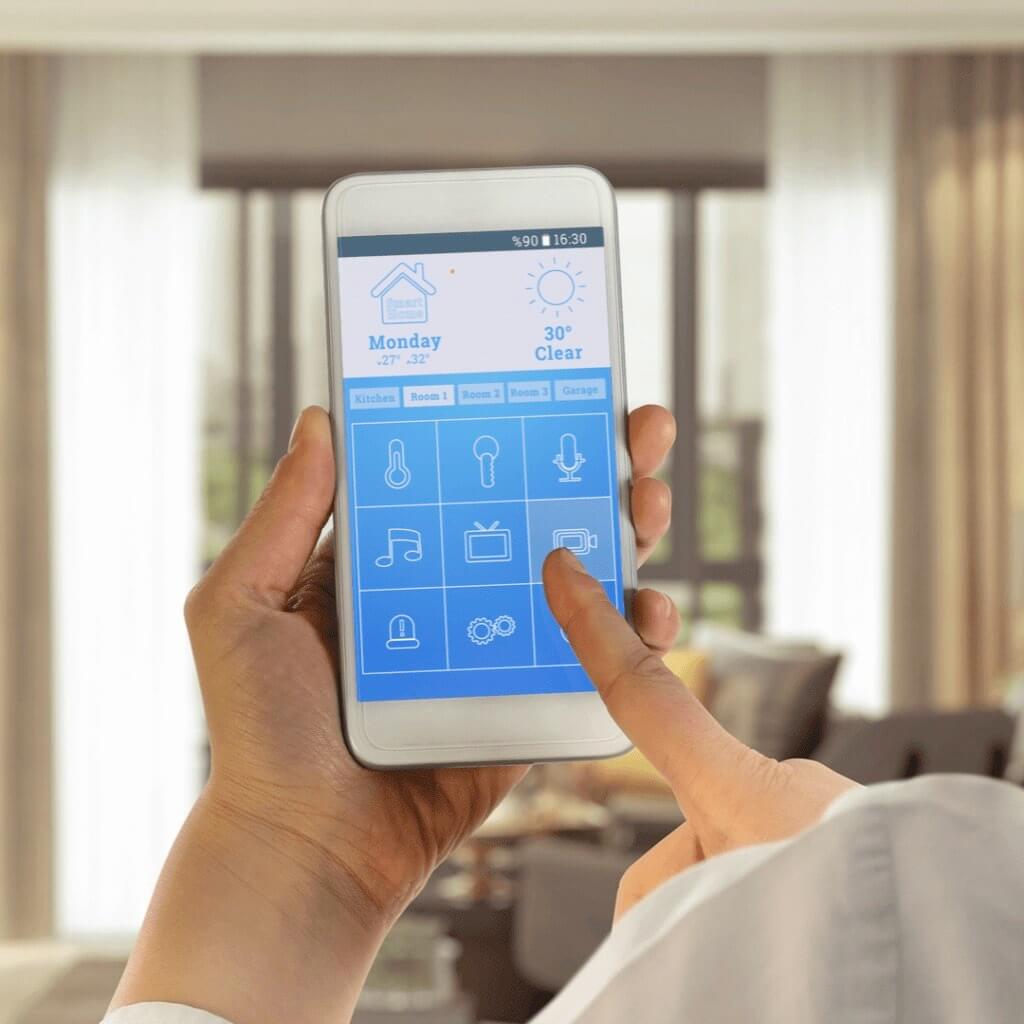
Automating can be as easy as installing a switch for your lights then controlling them through your smartphone. There are smart hubs that can take over the running of your home, turning on air-conditioners and lights as required and making sure everything is off when you’re out or in bed. What are your thoughts on the prevalence of smart technology?
Read more.
Note: Home automation requires careful planning. It is only energy efficient when the house is programmed well, otherwise, the energy used to power the other automated systems surpasses that which is saved
Although energy-efficient designed homes may be expensive initially, their long-term benefits are worth it.
Did you like our list of 9 ways to make your home energy efficient? Let us know in the comments down below, what your tips are for an energy-saving home?
For more added fun, on science topics and STEM-related activities, sign up here.
Extra reading: check out our posts on our 9 DIY hacks and crafts using magnets and our blog on 5 sustainable practises that help our oceans and marine life.

